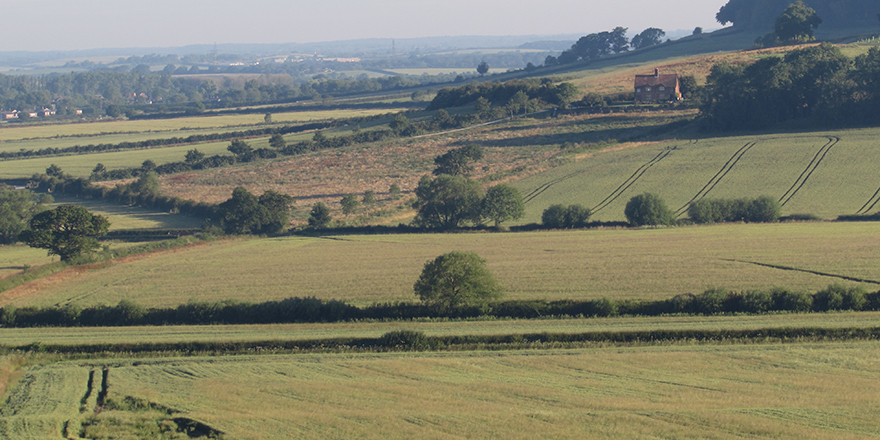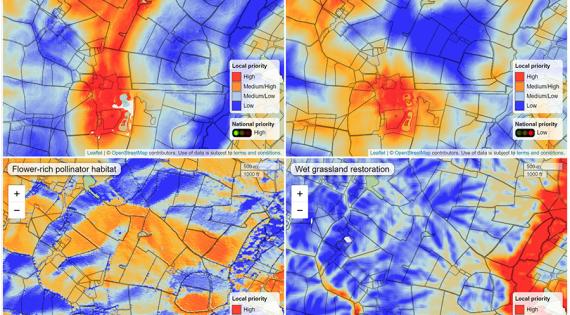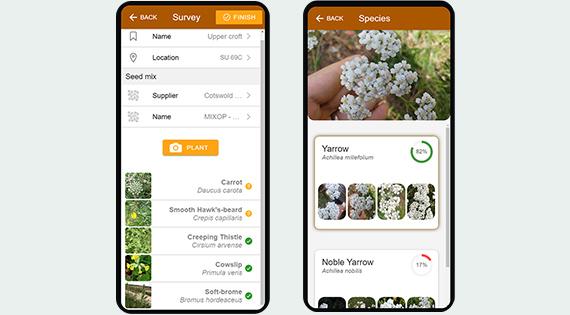The way farmers manage their land has a key role in delivering sustainable agricultural systems. These maintain efficient food production while delivering increased environmental benefits. As part of the ASSIST project, UKCEH has been working to create a series of free tools to support farmers and other land managers in planning and delivering environmental management actions. Collectively called ASSIST E-Tools, they give farmers access to scientific data to help inform their decisions and to monitor and understand the outcomes of these decisions. Dr John Redhead and Dr Tom August explain more…
UKCEH has over 25 years’ experience in agri-environmental design, implementation and monitoring, including working with UK farmers and the farming industry to find sustainable solutions that are both supported by scientific evidence and practical for farmers to deliver. We drew on this experience to build the E-tools to ensure they are both useful and user-friendly. E-Planner helps farmers to plan where to put environmental interventions on their farm, E-Surveyor helps farmers to monitor the quality of the habitats they create, and E-Viewer allows farmers and other stakeholders to explore what future farming landscapes might look like.

In order to manage their land in a sustainable way, farmers have to deliver a range of environmental benefits (e.g. clean water, wildlife habitats) as well as continuing to produce sufficient, high quality food. This can be a difficult balancing act. Farmers have always needed a good understanding of ‘what works well where’ in terms of growing crops. And, in recent years, farmers have had access to an increasing amount of high-resolution data on the health and productivity of their crops and livestock on which to base agronomic decisions and monitor their outcomes. However, the equivalent data and tools on the environmental aspects of farming have previously been difficult to come by.




